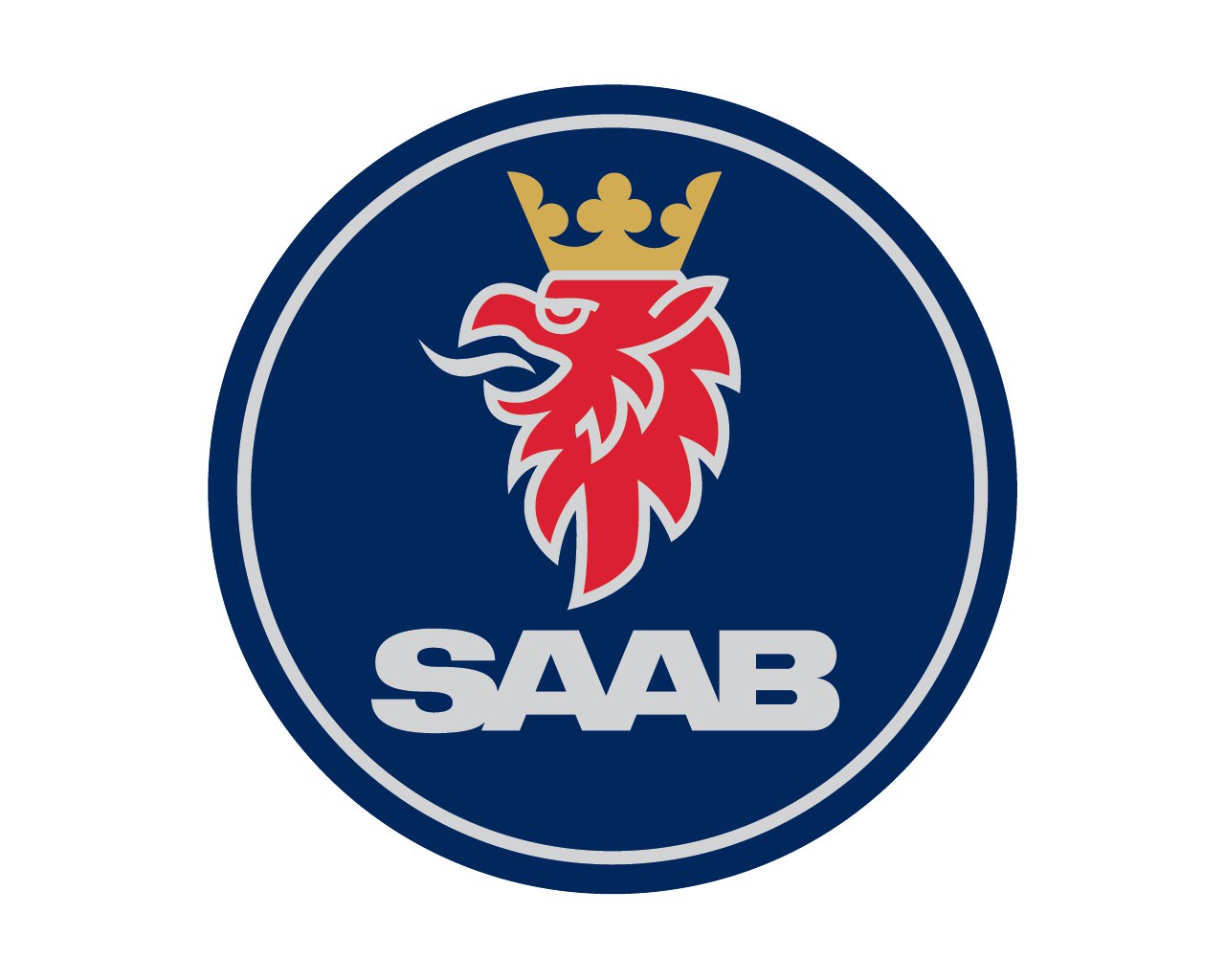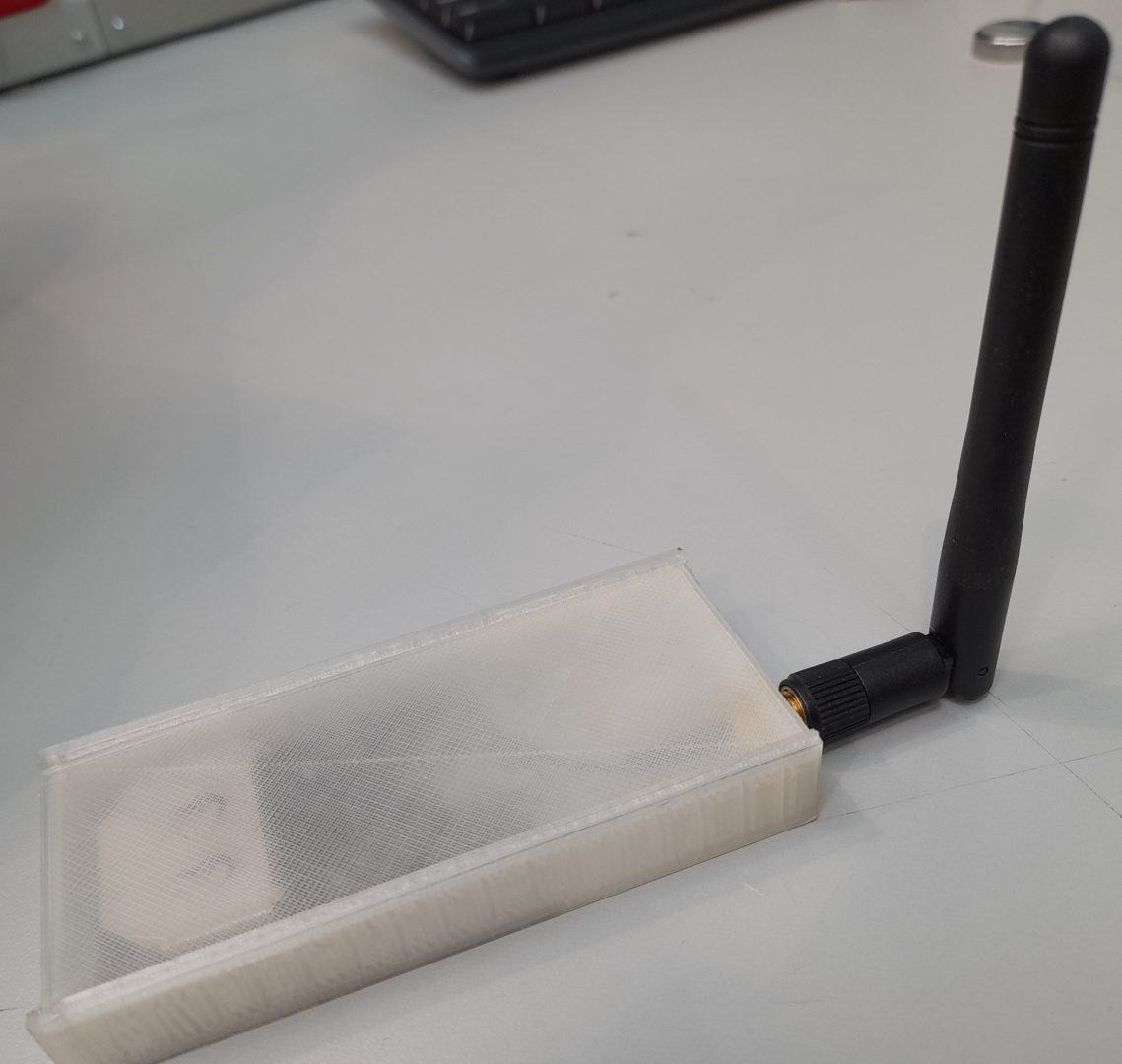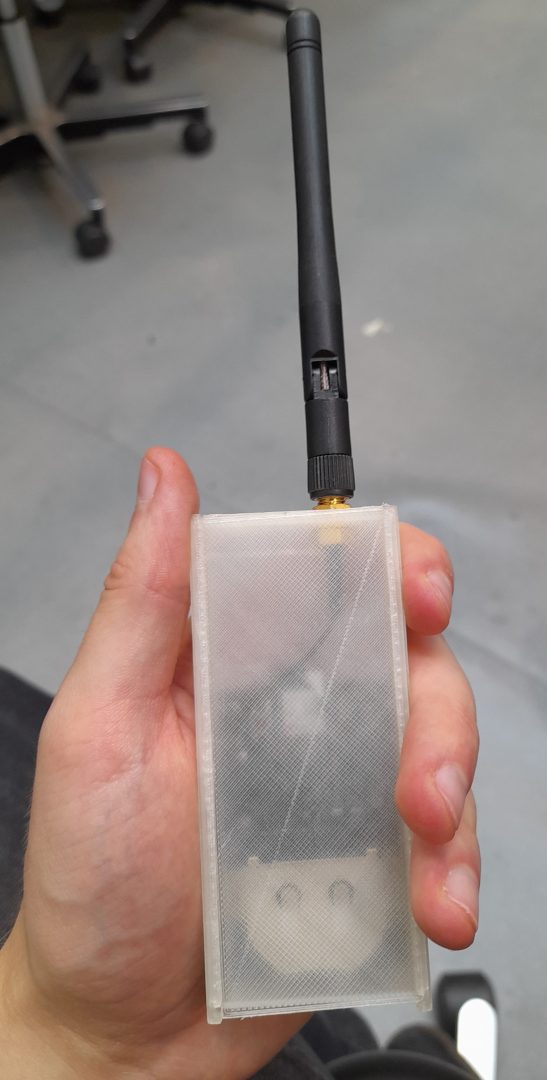Project Description
The use of drones in military operations has seen a significant increase in recent years. As such, there is a pressing need for new drone detection solutions.
The aim of this project is to develop a drone detection device that is able to detect an overhead drone operating in a commercial frequency range. The unique aspect of the device is that it is very lightweight and small in size, making it easily portable.
The device has a variety of different ways of alerting the user, including both sensory-based as well as wireless alerting methods. More specifically, the available alerting methods include three integrated alerting peripherals – an LED, a vibration motor and a buzzer – as well as a wireless notification to an external device, based on Bluetooth Low Energy technology.
The device itself consists of a circuit board designed around a Bluetooth radio module, a battery power supply, an easily replaceable antenna, with everything incorporated inside a compact transparent enclosure.
The project requirements, as provided by Saab, are as follows:
- The device can detect a drone operating at the commercially used 2.4 GHz frequency.
- The frequency detection range should be at least 20 meters.
- The device should be easily portable.
- The device should employ different ways of alerting the user.
Hardware Design
The key components in the device’s circuitry include a Bluetooth low energy module, an antenna as well as three alerting peripherals – an LED, a buzzer and a vibration motor.
The module, with a built-in microcontroller, controls the alerting peripherals based on the 2.4 GHz frequency signals picked up by the antenna. The module is also able to send a signal via Bluetooth to an external device.
In addition to the aforementioned key components, the circuit also includes various other basic electronic components, such as resistors, capacitors, diodes and MOSFET’s. In addition, the circuit board includes a non-intrusive built-in programming port that is compatible with the Tag-Connect series of programming cabled.
The circuit schematic and printed circuit board layout are found below:
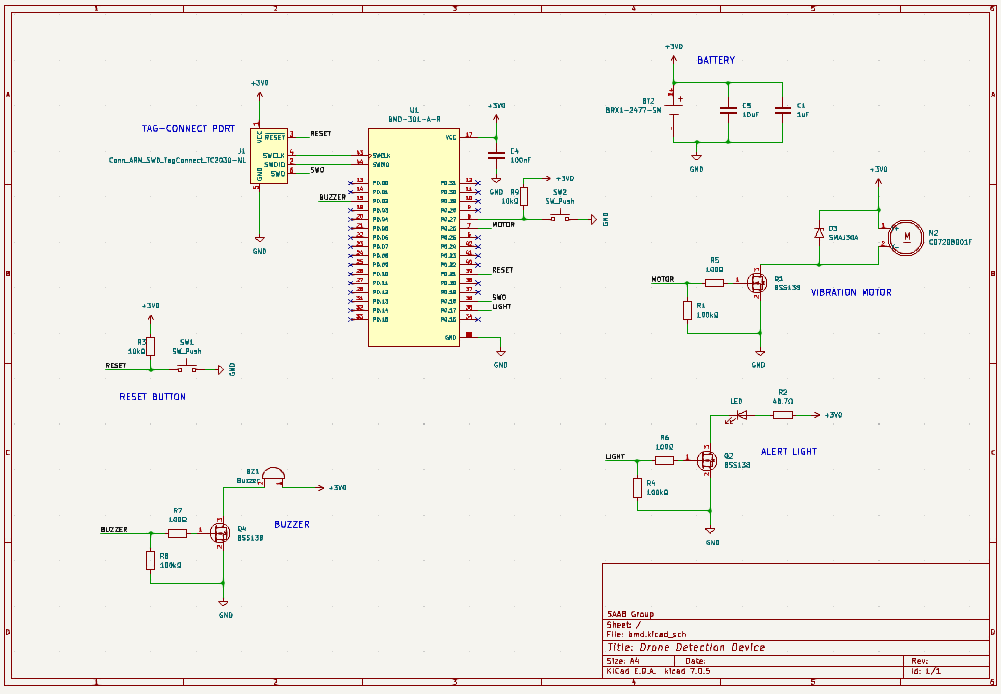

Software
The software for the device is built on top of existing templates from nRF5 SDK and adds new features like detecting drone signals through RSSI signal scanning as well as sending wireless signal beacons. Once a signal is detected, the various alerting methods are then activated through GPIO and PWM control.
In addition, the firmware includes support for wireless firmware updates. This enables making modifications to the device’s firmware over-the-air, without requiring any physical connection.
Enclosure Design
The enclosure for the device is designed with dynamical slide rails that allow the circuit board to easily be slid in and out in the case of, for example, the battery having to be replaced. The lid and side wall are also kept in place by the slide rails, keeping the circuit board firmly in place.
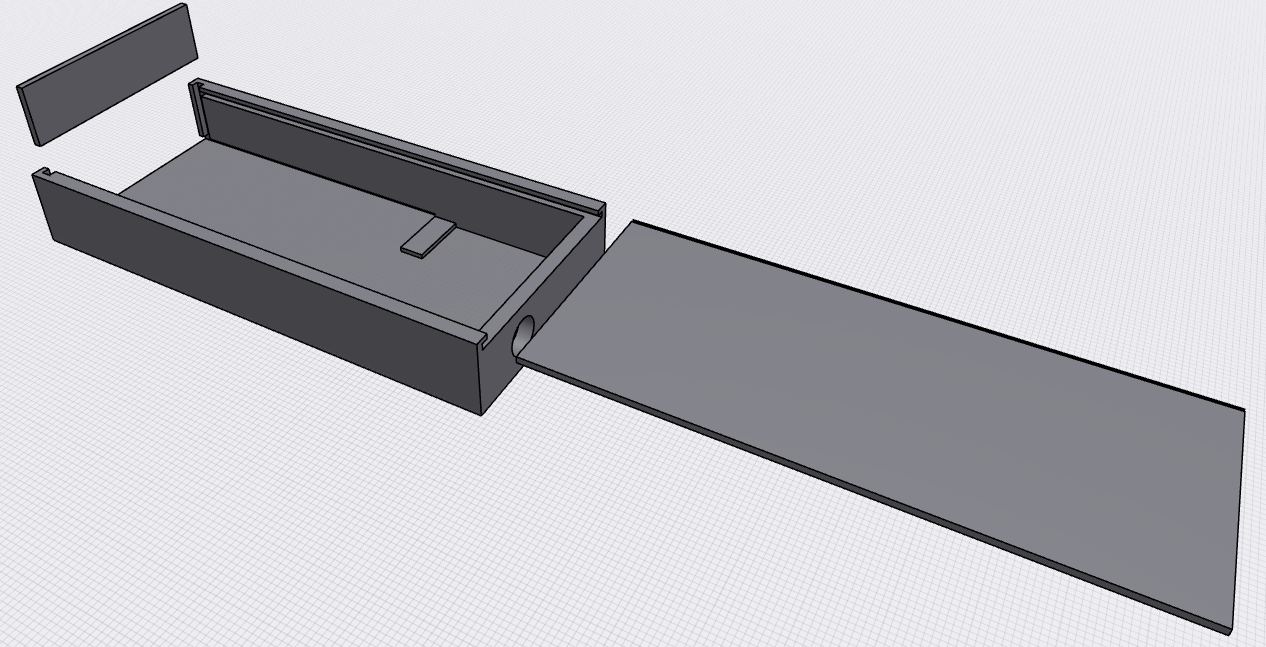
The enclosure is 3D printed from transparent PLA, which allows the LED to be seen through the lid. This eliminates the need to have any unnecessary holes in the casing and keeps the electronic components better protected.
Results
By the end of the course, we were successfully able to develop and build a drone detection device with the required functionalities. The objectives we were able to reach are:
- Signals with 2.4 GHz frequency can be accurately detected.
- The detection range is at least 20 meters. The range we were able to test was up to near 100 meters.
- The device is very lightweight and portable.
- The device has three distinct alerting methods that work – light, sound and notification to an external device via Bluetooth.
The main improvement that could have been made is to implement better ways of being able to distinguish between 2.4 GHz signals emitted from drones and other devices. Currently, the device is not able to distinguish between different signal sources, so it would mainly be usable in an environment without many other signals.
Files & Links:
- Source code
- KiCad design files
- Gerber files
- Enclosure 3D model
- Final presentation slides and poster
- Final report
Team Members:
- Ville Hirvonen – Electrical Engineering, Aalto University
- Quoc Quang Ngo – Digital Systems and Design, Aalto University
License: MIT License

